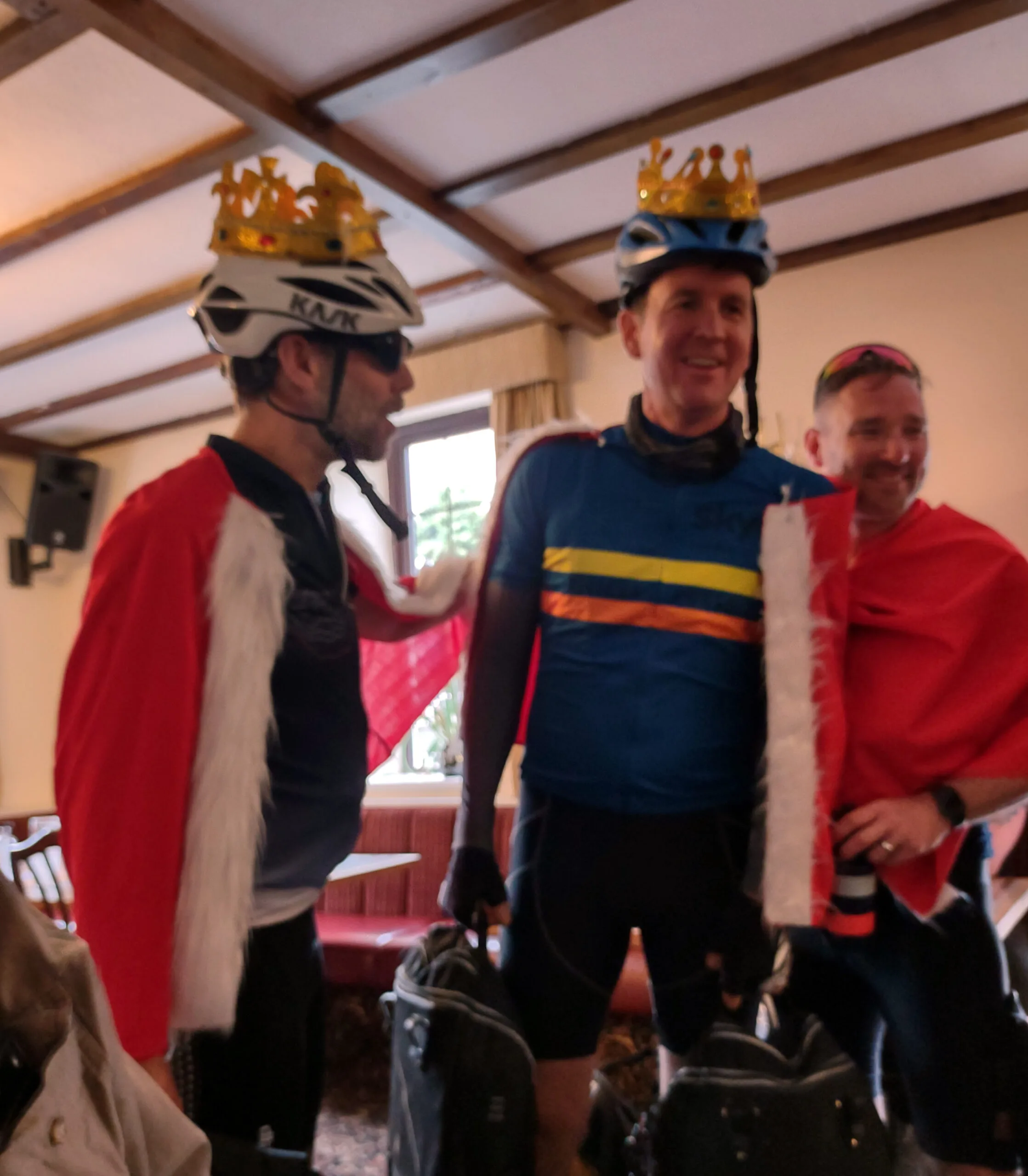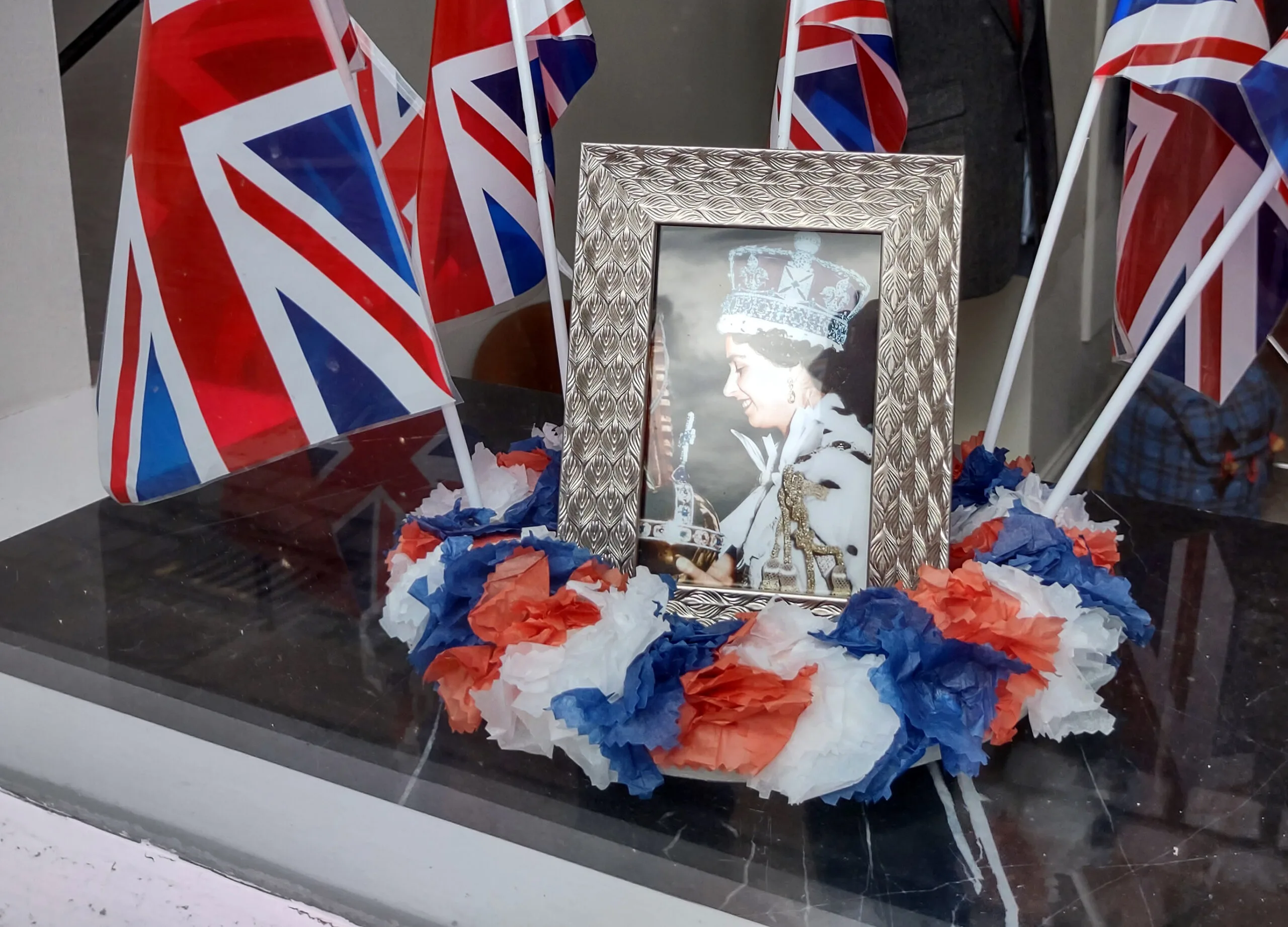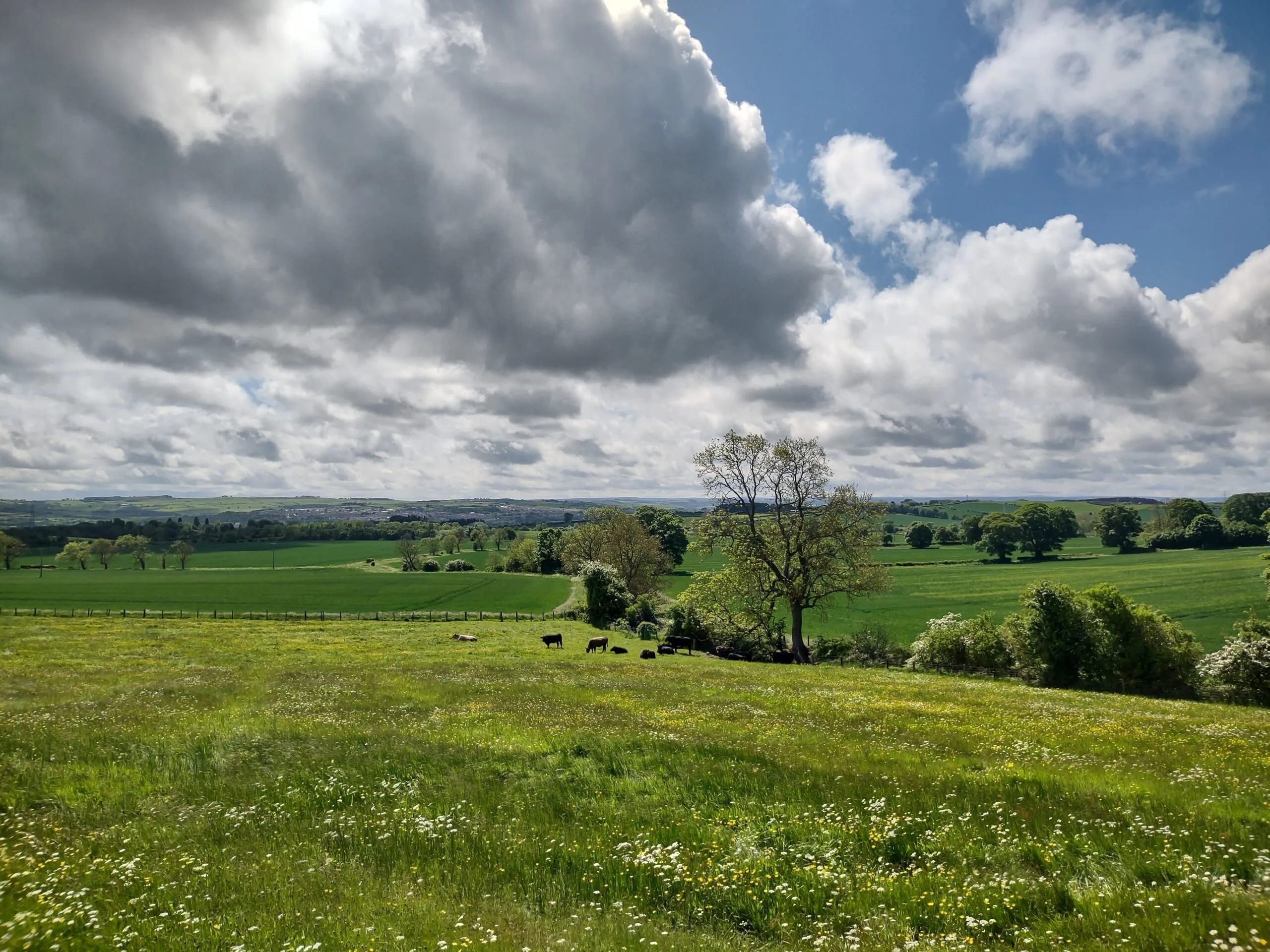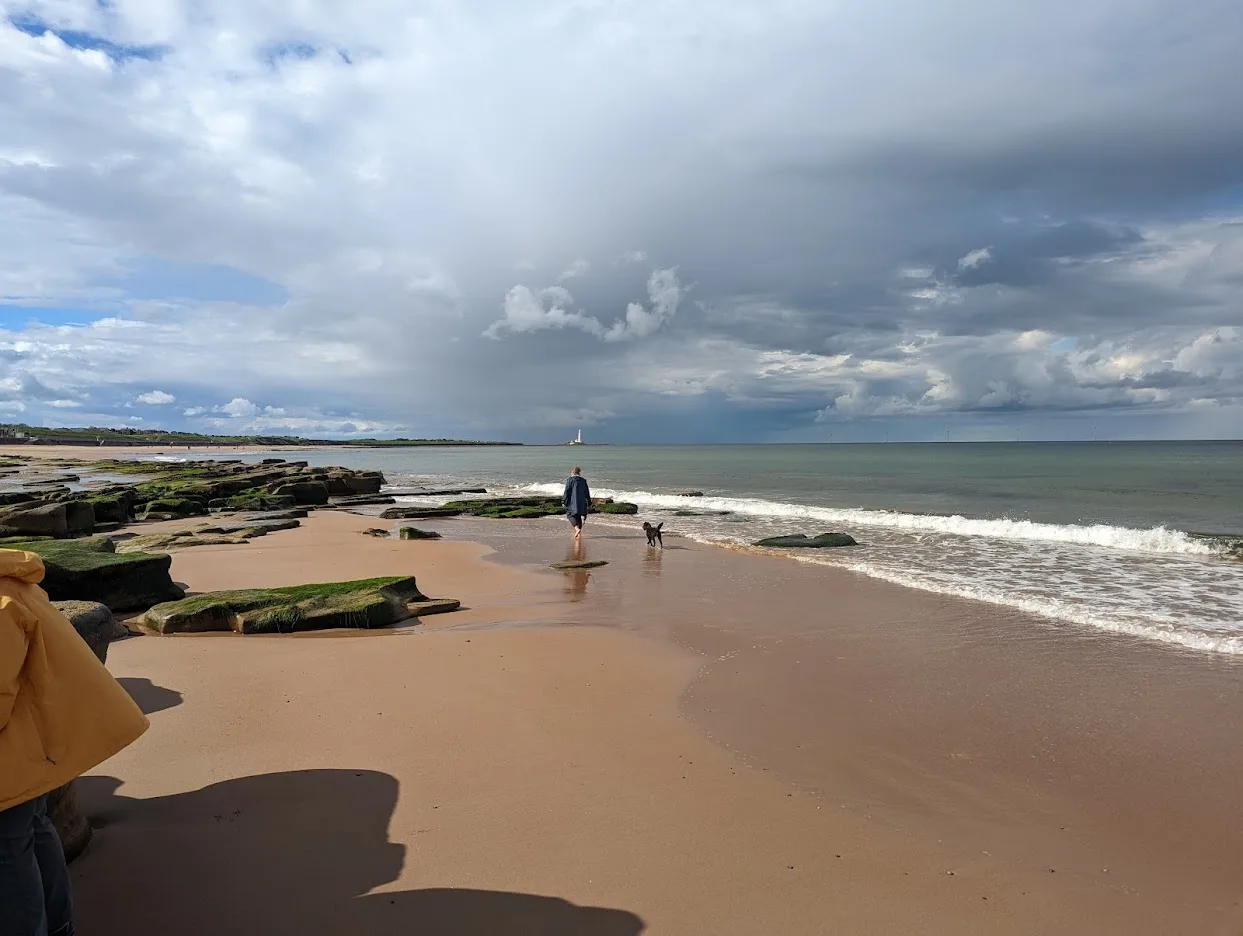A painting class or group is good for your mental health.
 |
| Painting aboard American Eagle last September. |
I’m puzzling out a problem, so I’ve been peppering Ken DeWaard with texts. It’s just as likely to be Bobbi Heath, Jane Chapin or Eric Jacobsen on the receiving end of one of these barrages, but it was Ken’s unlucky week. They’re all smart cookies whom I trust with my confidences—in short, my friends. And how do I know them? Through plein air painting.
Painting is a fundamental contradiction in work style. It’s solitary, but it’s also a form of communication. Most artists I know are sociable beings, but we’re required to spend long hours alone to achieve our goals. That push and pull can be tough on the psyche.
 |
| Main Street, Owl's Head, available, click for details. I started this painting with Eric Jacobsen. |
Artists invented work-from-home, so a study that analyzed the effects of work-from-home during the pandemic should be of particular interest to us. The majority of people working remotely said they experienced adverse impacts on their mental health, including isolation, loneliness and difficulty separating from the job at the end of the day.
The workplace is a strong influence in modern culture. We no longer live in a society that’s village- or church-centered. Work takes up the biggest part of our waking lives. Often, people struggle to make and maintain friendships outside of the formal workplace, especially those who are socially-anxious or buried under family responsibilities. Work colleagues often share the same background, education, interests and values. They may not be our closest friends, but they usually understand us.
 |
| Mountain Fog, available, click for details. I painted this with Sandra Hildreth. |
When one paints full time, work friendships are far harder to create. Yet there are times when only a colleague or peer gets it. Facebook is a poor substitute for that kind of conversation.
When I moved from Rochester to Maine, my former students wanted to keep painting together. They formed a group and called themselves Greater Rochester Plein Air Painters. That’s since morphed into a dynamic, active painting group with a few hundred members. It couldn’t have happened had I stayed in Rochester, because as their painting teacher I stood in the way of creating a peer group.
 |
| Quebec Brook, available, click for details. I also painted this with Sandra Hildreth. |
However, people make lasting friendships in painting classes. I still have friends from my student days, and I’m blessed with students who like and support each other outside our classes and workshops.
A group or class can be healthy, but it also has the potential to be subtly overwhelming. Groupthink is the tendency of members of small, cohesive groups to value consensus over truth. That can stifle artistic development. If the ‘stars’ of your group all paint exactly the same way, you might be in a group or class where conformity is too strong a value. The answer, of course, is to find a different class or group, and luckily, that’s not too difficult—they’re everywhere!

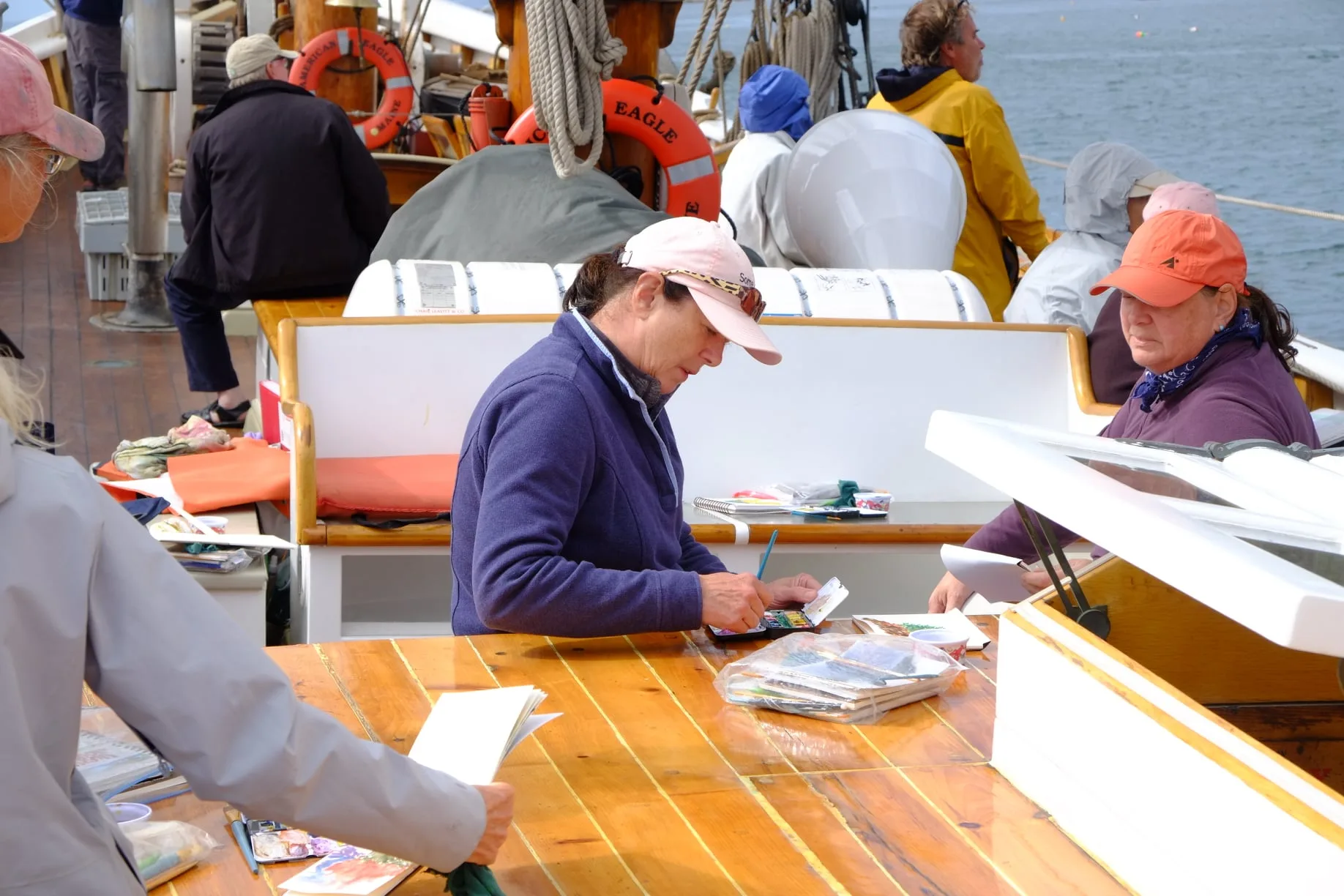
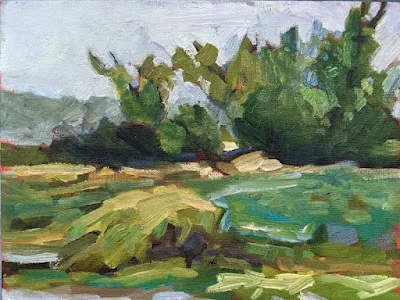




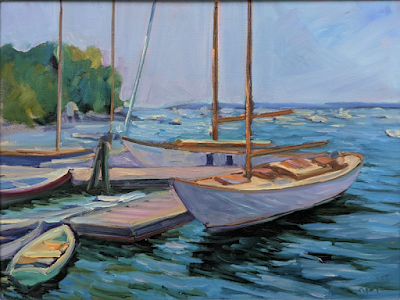




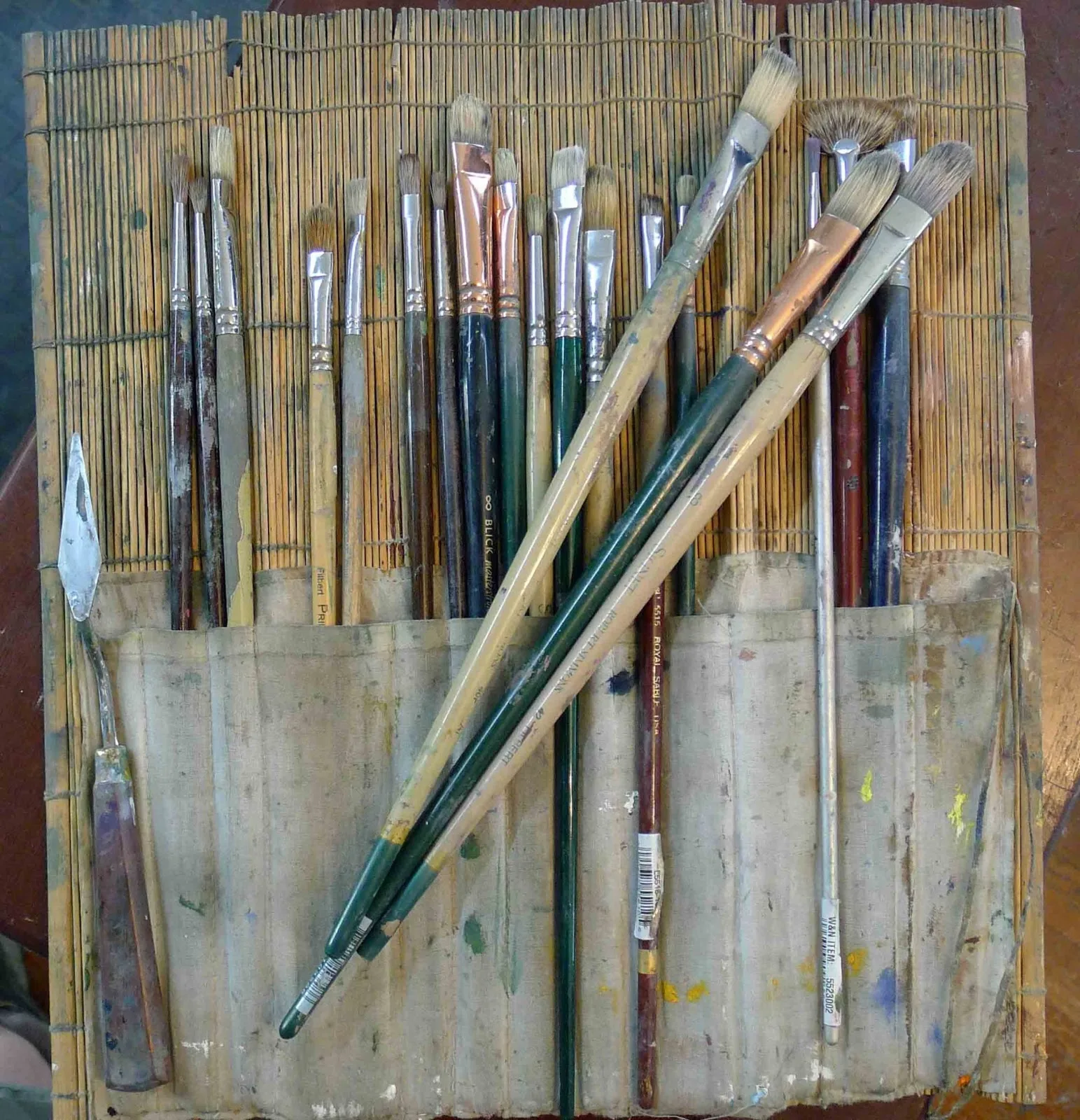




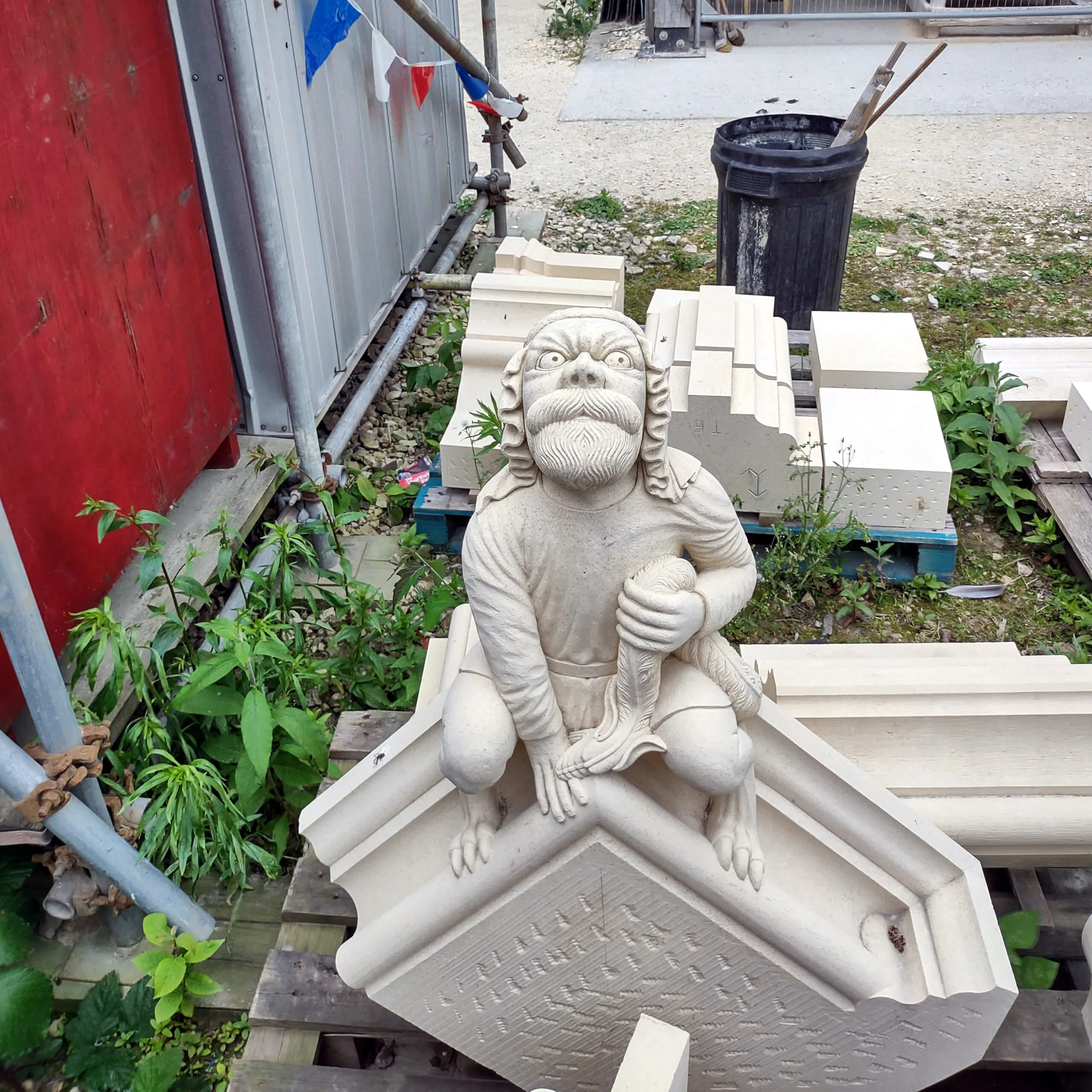

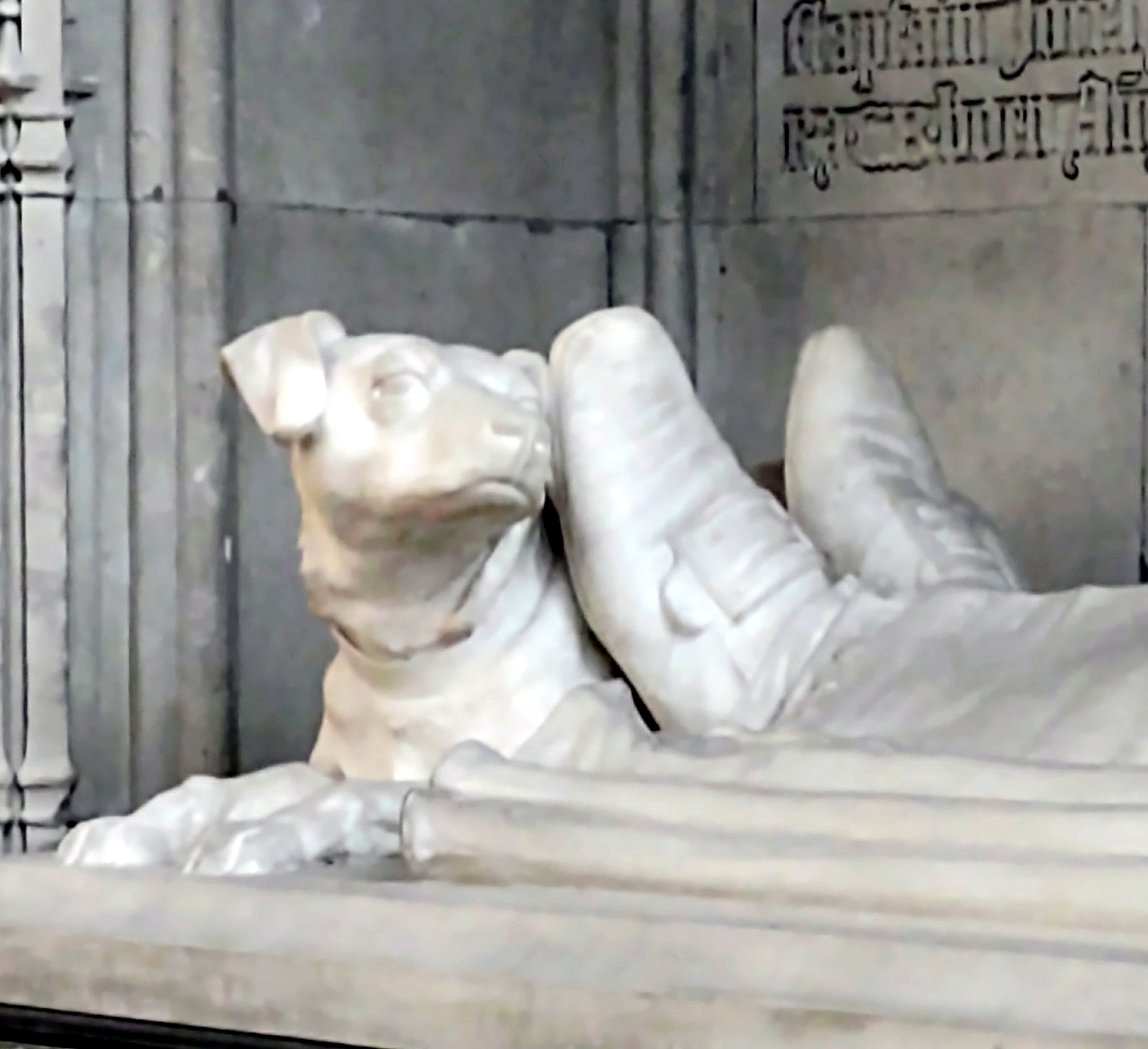


.jpg)

